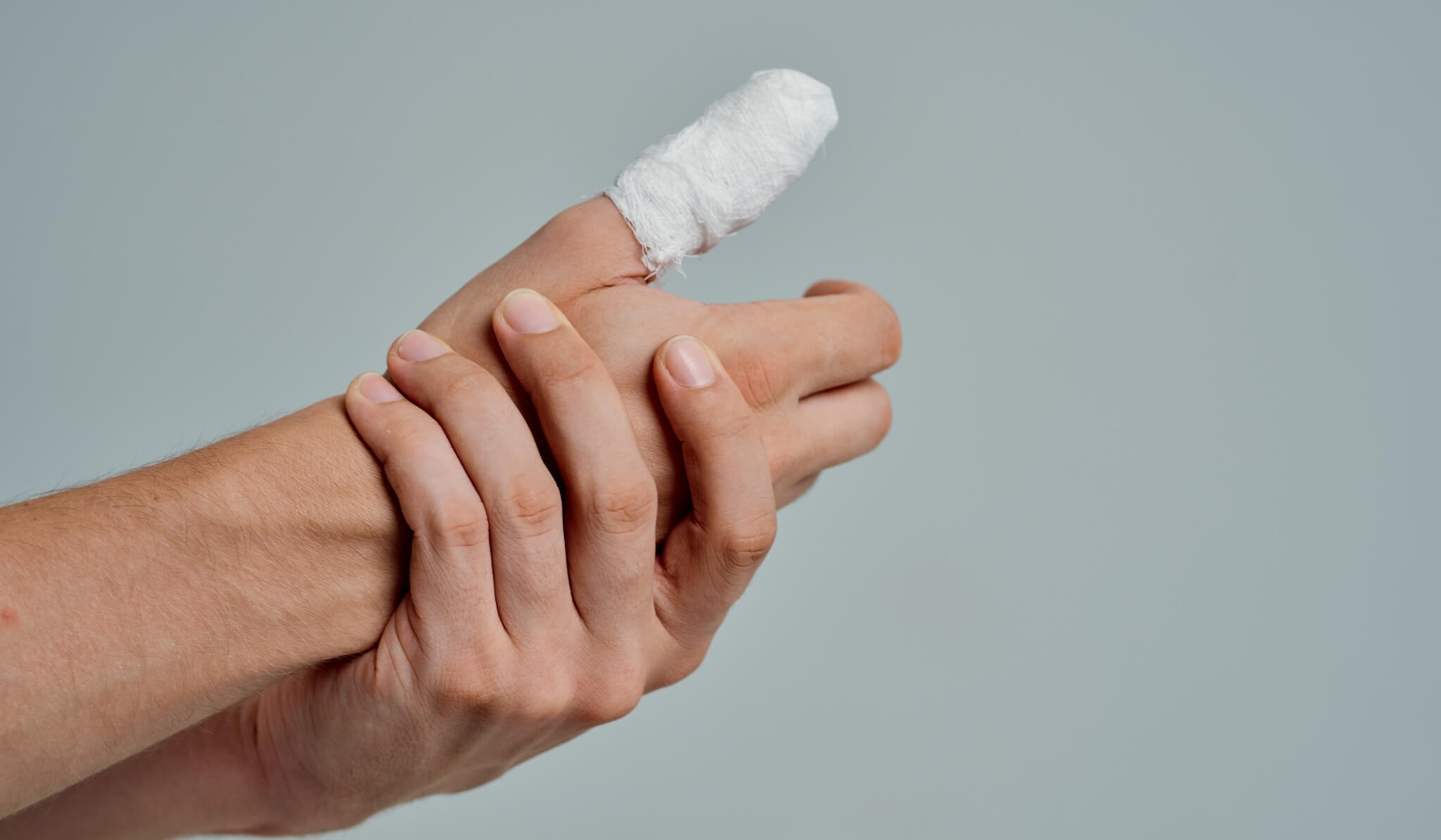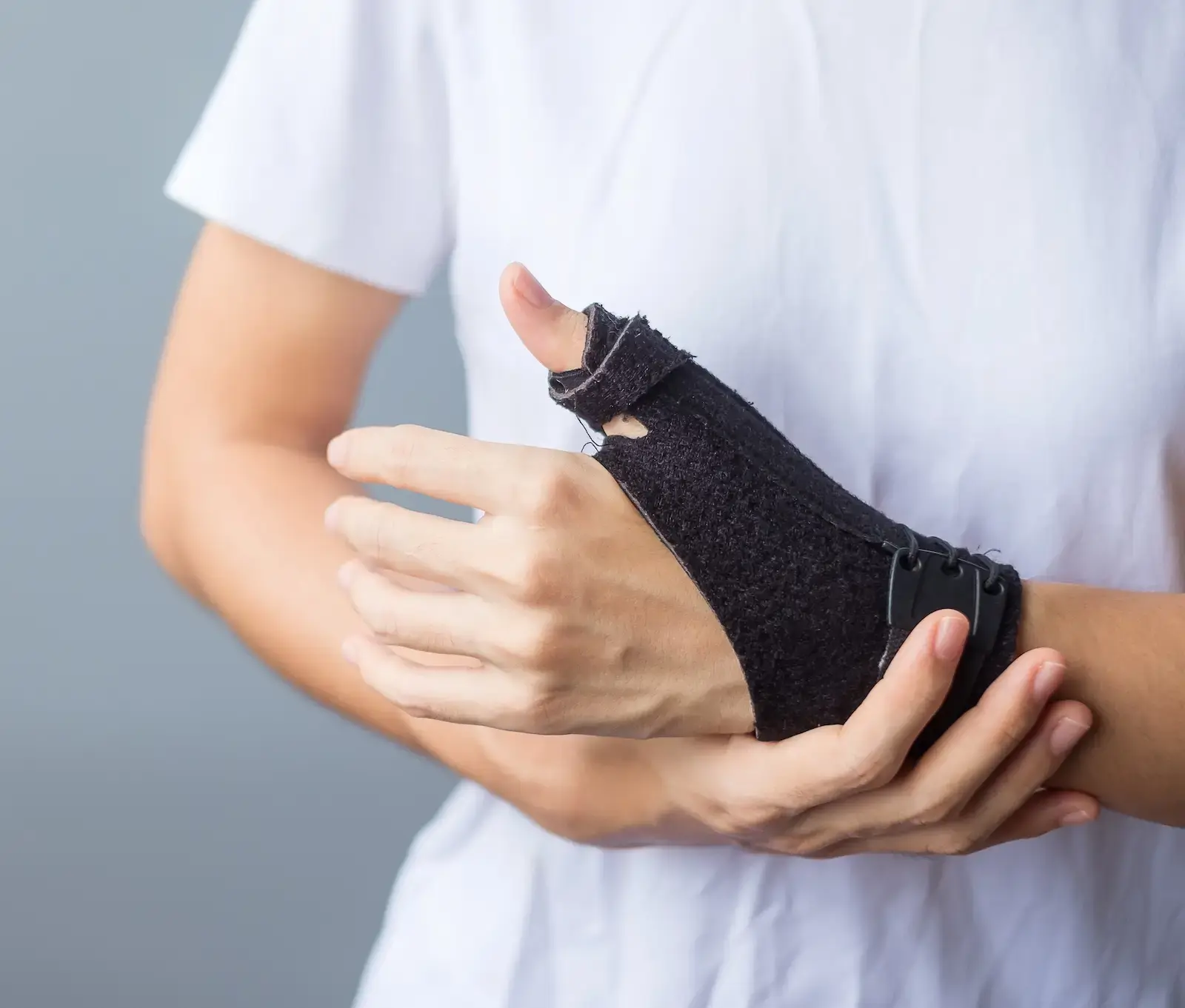Common Types of Thumb Injuries
Thumb injuries are among the most common types of injuries that workers can sustain on the job. These injuries may result from a sudden accident—such as a fall, a direct blow, or equipment misuse—or they may develop gradually due to repetitive strain or overuse. Because the thumb plays a vital role in grip strength, dexterity, and precision, any injury to its muscles, ligaments, or joints can severely impact hand function and job performance.
Some common types of thumb injuries include:
- Sprains: Sprains occur when the ligaments that support the thumb are stretched or torn, typically due to a forceful twist or impact. These injuries typically cause swelling, bruising, and difficulty with gripping or pinching motions.
- Carpal Tunnel Syndrome: While commonly associated with the wrist, carpal tunnel syndrome can affect thumb function. Compression of the median nerve can lead to numbness, tingling, and weakness in the thumb and first few fingers.
- Trigger Thumb: Repetitive gripping or pinching can lead to trigger thumb, where the tendon sheath becomes inflamed. This causes the thumb to catch or lock in a bent position, often accompanied by pain and stiffness.
- de Quervain’s Tenosynovitis: Also known as base of thumb tendinitis, this condition involves inflammation of the tendons at the base of the thumb, usually due to repetitive wrist and thumb movements. This type of thumb injury is common in jobs involving frequent lifting or twisting motions.
- Thumb Ligament Injuries: Ligaments on either side of the thumb can be damaged during falls or direct trauma, especially in "skiers’ thumb" or "gamekeeper’s thumb," where the ulnar collateral ligament is torn. This type of injury affects thumb stability and function.
- Catcher’s Thumb: Caused by hyperextension of the thumb, this injury can occur in occupations where the thumb is repeatedly jammed backward. It leads to pain, swelling, and reduced motion.
- Volar Plate Injuries: The volar plate is a thick ligament that supports the joint. Injuries here often occur when the thumb is forcefully bent backward, causing joint instability and swelling. These are common in both workplace accidents and falls.
- Thumb Fractures: Breaks in any of the thumb bones can result from crushing injuries, falls, or direct trauma. Depending on the location and severity of the fracture, symptoms may include severe pain, deformity, swelling, and inability to move the thumb.


